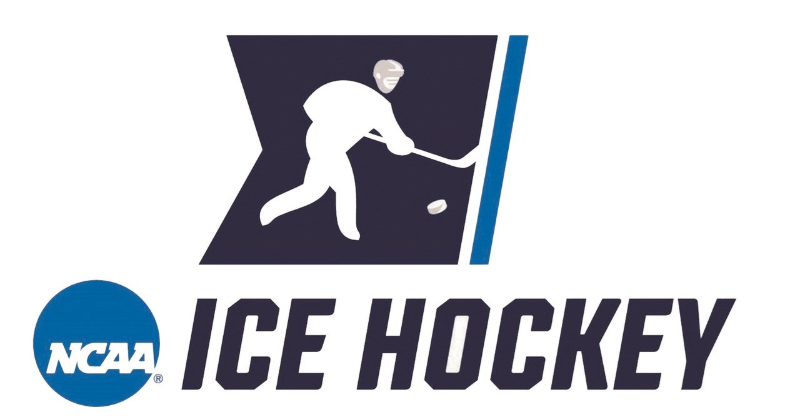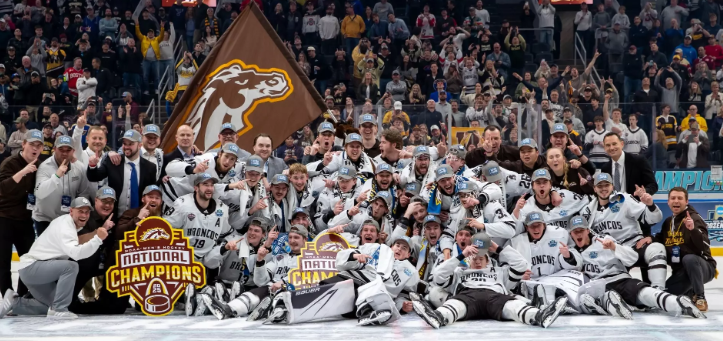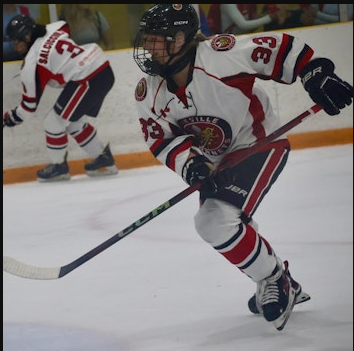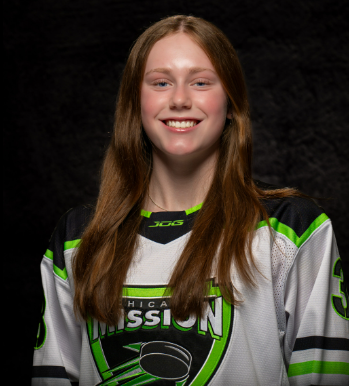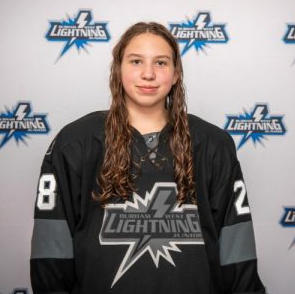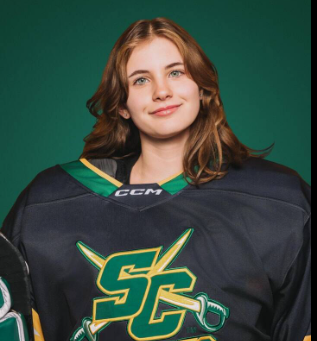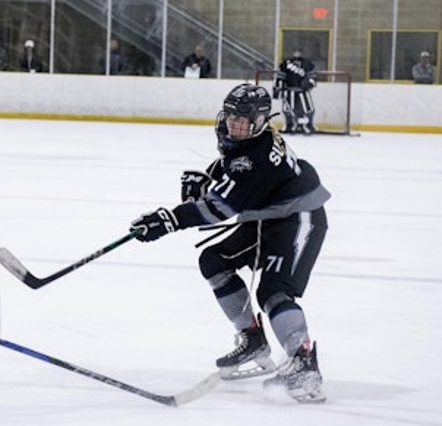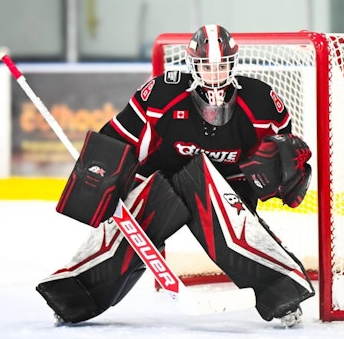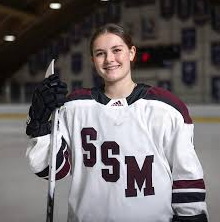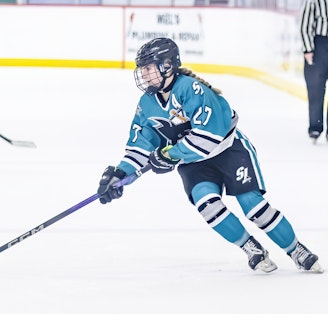
Last week, Princeton University officially posted the job opening to replace longtime Women’s Ice Hockey Head Coach, Cara Morey. Morey, who had helmed the program since 2017, has accepted a new opportunity as the General Manager of the newly formed PWHL Vancouver franchise. Her departure marks the end of a significant era at Princeton, and the search is now underway for her successor.
The next head coach of the Tigers will almost certainly have deep ties to the Ivy League — if not Princeton itself. With the unique demands of balancing elite athletics and academics, experience within this system is not just preferred; it’s practically essential.
A number of qualified candidates already stand out as possible hires, and several have previously been part of the Princeton program.
Shelly Picard is a prominent contender. Currently an assistant coach at Long Island University, Picard served as a Princeton assistant coach from 2021 to 2023. A former U.S. National Team player, Picard combines elite playing experience with Ivy familiarity, and her recent time with Princeton gives her valuable insight into the current roster and culture.

Jamie Lundmark, Princeton’s current Director of Player Development and Assistant Coach since the 2023-24 season, could be an internal hire. A former NHL forward, Lundmark has already earned the trust of the current team and staff. While his Ivy League experience is limited, his presence in the program could provide needed continuity after Morey’s departure.
Another compelling candidate is Kelly Nash, currently the Head Coach at Long Island University. Nash was an assistant at Princeton from 2017 to 2019, playing a key role in the program’s growth during that period. With recent head coaching experience and a past connection to the university, she checks many of the right boxes.
Mel Ruzzi, now the Head Coach at Brown University, also brings a strong resume. She served as an assistant at Princeton from 2019 to 2021 before taking the helm at Brown, where she’s made steady progress. Her current Ivy League head coaching experience could be a significant asset in the selection process.
Lee-J Mirasolo, the current Head Coach at Stonehill College, has a long history with Princeton as an assistant from 2011 to 2015. She also spent nearly a decade at Harvard. Mirasolo’s combination of head coaching experience and extensive Ivy knowledge could make her a strong fit.
Edith Racine, Associate Head Coach at Cornell since 2009, brings over 18 years of Ivy League coaching experience. Though she has never coached at Princeton, her long tenure at Cornell — and previous time at Brown — demonstrates her deep understanding of the Ivy hockey landscape.

Among the longer shots, two names stand out. Courtney Kessel, who recently took over as Head Coach of the PWHL Boston franchise, was Princeton’s assistant coach from 2019 to 2023. While her new pro role might make her unavailable, she’d be a dream hire if interested. Jeff Kampersal, now at Penn State and formerly Princeton’s head coach for over two decades (1996–2017), also fits the mold — but a return seems unlikely.
With such a strong pool of candidates who know the Ivy League inside and out, Princeton is well-positioned to find a leader who can build on Morey’s legacy and continue to elevate the Tigers on and off the ice.
